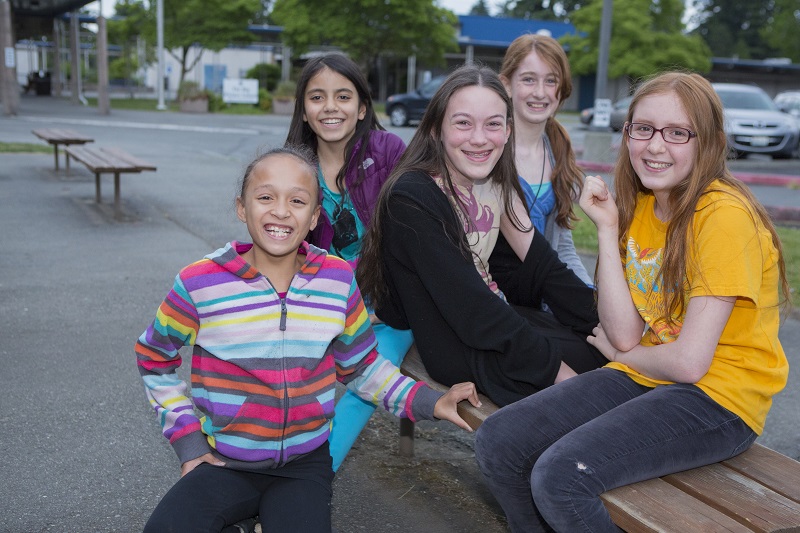Our Goals

The path to supporting every child requires us to understand what has traditionally been holding our young people back.
Across each of these goals, we disaggregate results by race/ethnicity, family income, special education status, homelessness, and gender whenever possible in order to monitor and respond to inequities.

Every child is ready to learn
The first five years of life offer a crucial developmental window where our community can set children on the path to a happy, healthy future. Young children are always learning. They benefit greatly from receiving prenatal care, having their basic needs met, being screened for developmental delays (with follow-up services provided as needed), and accessing high-quality early learning settings. Their development is nurtured by caring adults and a supportive, loving home environment with daily access to enriching activities. We seek to build a community where each child is ready to hit the ground running from their first day of kindergarten.
Indicator: Kindergarten readiness (% meeting expectation in all six WaKIDS domains) Data source: Office of Superintendent of Public Instruction
Every child thrives both in and out of school
We want our school-age children and youth to thrive as they grow toward adulthood. This means that they want to go to school, feel safe and welcome there, and are learning. They make regular academic progress and build resilience by overcoming obstacles. Over time, they develop a strong sense of identity and belonging, both in school and in their home community. We are working to make sure all children have access to enriching, engaging out-of-school opportunities and have an adult in their lives who connects with and cares for them each day. Whatever their needs—whether that be special education accommodations, English language supports, or housing and food stability, to name a few—children thrive when their individual needs are met.
Indicator: 3rd grade reading (% meeting expectation in 3rd grade reading Smarter Balanced Assessment) Data source: Office of Superintendent of Public Instruction


Every youth graduates from high school prepared for their post-secondary plan
At the transition point from high school into adulthood, we aspire for every youth to graduate on time according to their circumstances and with the credits needed to advance their education. Often, this will include applying to postsecondary opportunities—for example, to a two- or four-year college or a job training program—and accessing the necessary guidance and/or financial resources. Young adults leaving the K-12 system forge many different paths to success. The community must be ready to help develop and support a wide range of plans, particularly for those youth most at risk of not earning a high school diploma.
Indicator: High school graduation (% graduating high school within five years) Data source: Office of Superintendent of Public Instruction
Every young adult attains post-secondary education or training and enters a career of their choice
Selecting a postsecondary education or career path is an individual choice for each young adult. While we want all our high school graduates to be prepared for a four-year program, we support them in choosing whatever is right for them. Career exposure, work experience, and access to internships and apprenticeships support students as they execute a postsecondary plan to completion and transition to independent adulthood.
Indicator: Credential by 26 (% earning 2-year or 4-year degree within six years) Data source: Education Research and Data Center


Every child attains optimal mental and physical health
Across the age continuum, we seek to promote optimal health. At a community level, this means young people would have access to medical care for mental and physical health, supported by a healthy lifestyle in areas like nutrition, exercise, stress coping skills, and prevention of drug and alcohol abuse. We want all kids to feel safe and know where to get help with an issue.
Optimal health is both an end in itself and a means for achieving other life goals.
We use data to understand problems, identify goals, and track metrics
that define progress toward the goals.
[/action]
